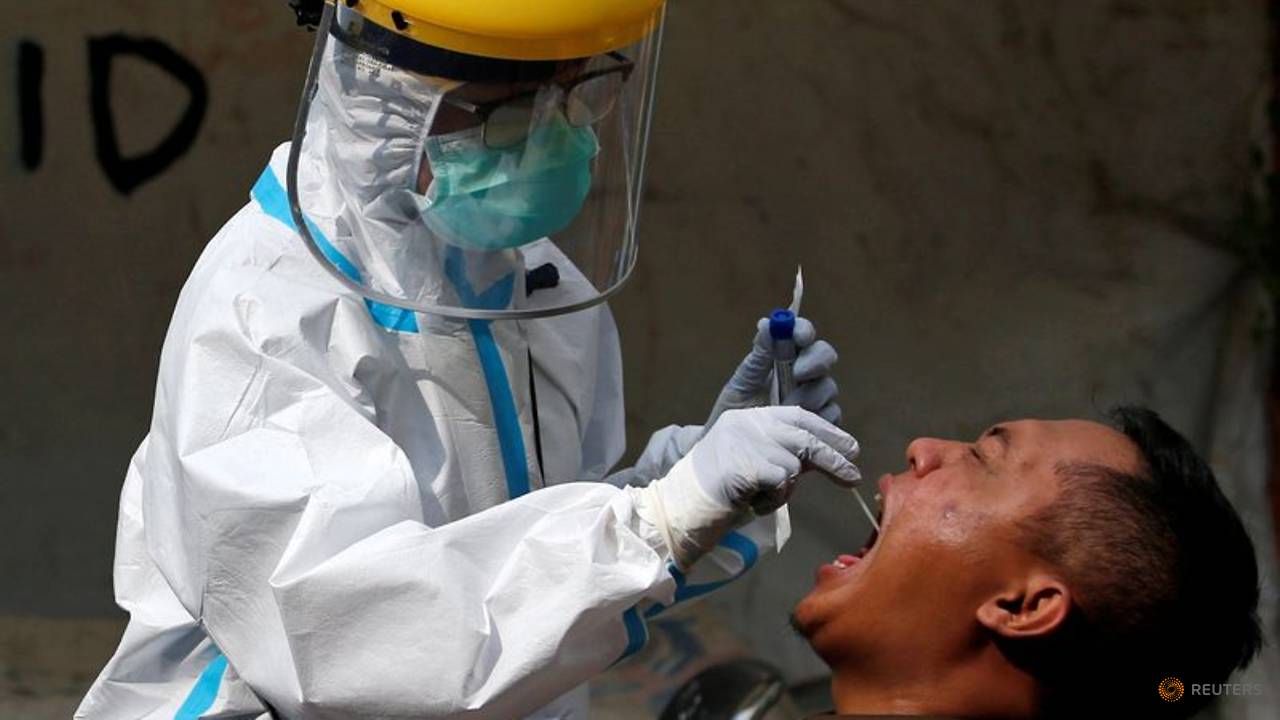MONDAY, Nov. 13, 2017 (HealthDay News) — Nearly half of all adult Americans will be considered to have high blood pressure under new guidelines issued Monday by the nation's top heart health organizations.
The new guidelines lower the diagnostic threshold for stage 1 high blood pressure to 130/80, down from the previous level of 140/90, according to a joint statement from the American Heart Association and the American College of Cardiology.
Further, the guidelines also call for more aggressive treatment of high blood pressure, asking doctors and patients to set 130/80 as the new goal of therapy.
High blood pressure can lead to heart attacks, strokes and heart failure.
But the guidelines also press for more judicious treatment of high blood pressure — sometimes called hypertension — and an emphasis on lifestyle risk factors. Prescriptions for blood pressure drugs are not expected to leap under the guidelines, experts said.
The two heart organizations announced the new guidelines Monday at the American Heart Association's annual meeting, in Anaheim, Calif. The guidelines were last revised in 2003.
This change means that 103 million Americans will be considered to have high blood pressure, or about 46 percent of the adult population, said Dr. Paul Whelton. He is chair of the 2017 Hypertension Practice Guidelines and a professor of Global Public Health at Tulane University School of Public Health and Tropical Medicine in New Orleans.
That's a 14 percent increase from the previous guidelines, under which 72.2 million Americans (32 percent of adults) were considered to have high blood pressure.
The latest medical evidence has proven that people with blood pressure in the 130-139 range carry a doubled risk of heart attack, stroke, heart failure and kidney failure, compared to those with lower blood pressure, said Dr. Joaquin Cigarroa, a member of the clinical guidelines task force.
Previously, those people were considered to have prehypertension, but not actual high blood pressure.
"By incorporating the latest science, we recognize the risk is doubled," said Cigarroa, chief of cardiology and clinical chief of the Knight Cardiovascular Institute at Oregon Health & Science University, in Portland. "This now allows 14 percent of our population to understand that's a call to action. We have to empower them with the tools to make a difference."
The impact of the new guidelines is expected to be greatest among younger people. High blood pressure is expected to triple among men under age 45 and double among women under 45, according to the guidelines report.
However, only about 30 percent of people with stage 1 high blood pressure under the guidelines will require drug therapy, Whelton said.
That's because everyone with stage 1 high blood pressure will be evaluated for heart disease. Only those with heart disease or at high risk for developing it during the next decade will be prescribed drugs, the guidelines state.
"We're more specific about who should get treatment," Whelton said. "It's a nice combination of understanding accurately average blood pressure and also understanding underlying risk. We didn't have that in previous guidelines."
The rest of those at risk under the new guidelines will be urged to reduce their blood pressure through lifestyle changes — losing weight, eating healthful foods, cutting down on salt, increasing potassium-rich foods, exercising regularly and moderating their drinking, said Dr. Bob Carey. He is vice chair of the 2017 Hypertension Practice Guidelines and dean emeritus of the University of Virginia School of Medicine.
The experts estimate "a projected increase in patients with stage 1 hypertension requiring drug therapy of 1.9 percent," Carey said. "This amounts to 4.2 million people, based on the U.S. population."
The new guidelines also stress the importance of using proper technique to measure blood pressure, with a person's level based on an average of two to three readings on at least two different occasions.
Home blood pressure monitoring also will be emphasized to avoid "white-coat hypertension" — the tendency for some people to have higher blood pressure in a medical setting than they do in everyday life, the report said.
The U.S. government in 2013 asked the AHA and ACC to draft new guidelines for blood pressure management, said ACC President Dr. Mary Walsh. She is medical director of Heart Failure and Cardiac Transplantation at St. Vincent Heart Center of Indiana.
The new guidelines are the product of a 21-member committee, following a three-year review of medical evidence that included more than 900 studies, Whelton said. The studies were reviewed by 52 experts who submitted close to 1,000 questions, and approved by 11 partnering medical organizations.
The new guidelines "take advantage of evidence almost up to the minute, so they are very current," Whelton said.
Blood pressure categories in the new guidelines are:
- Normal: Less than 120 systolic pressure (the top number).
- Prehypertension: 120 to 129.
- Stage 1: Systolic between 130 and139.
- Stage 2: Systolic of 140 or higher.
Systolic pressure is the amount of pressure in your arteries during contraction of the heart muscle.
More information
To assess your heart disease risk, visit the American College of Cardiology.









